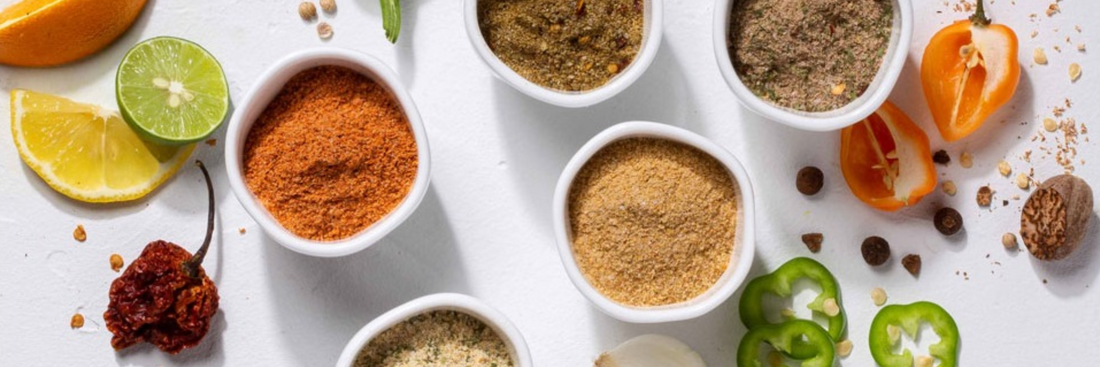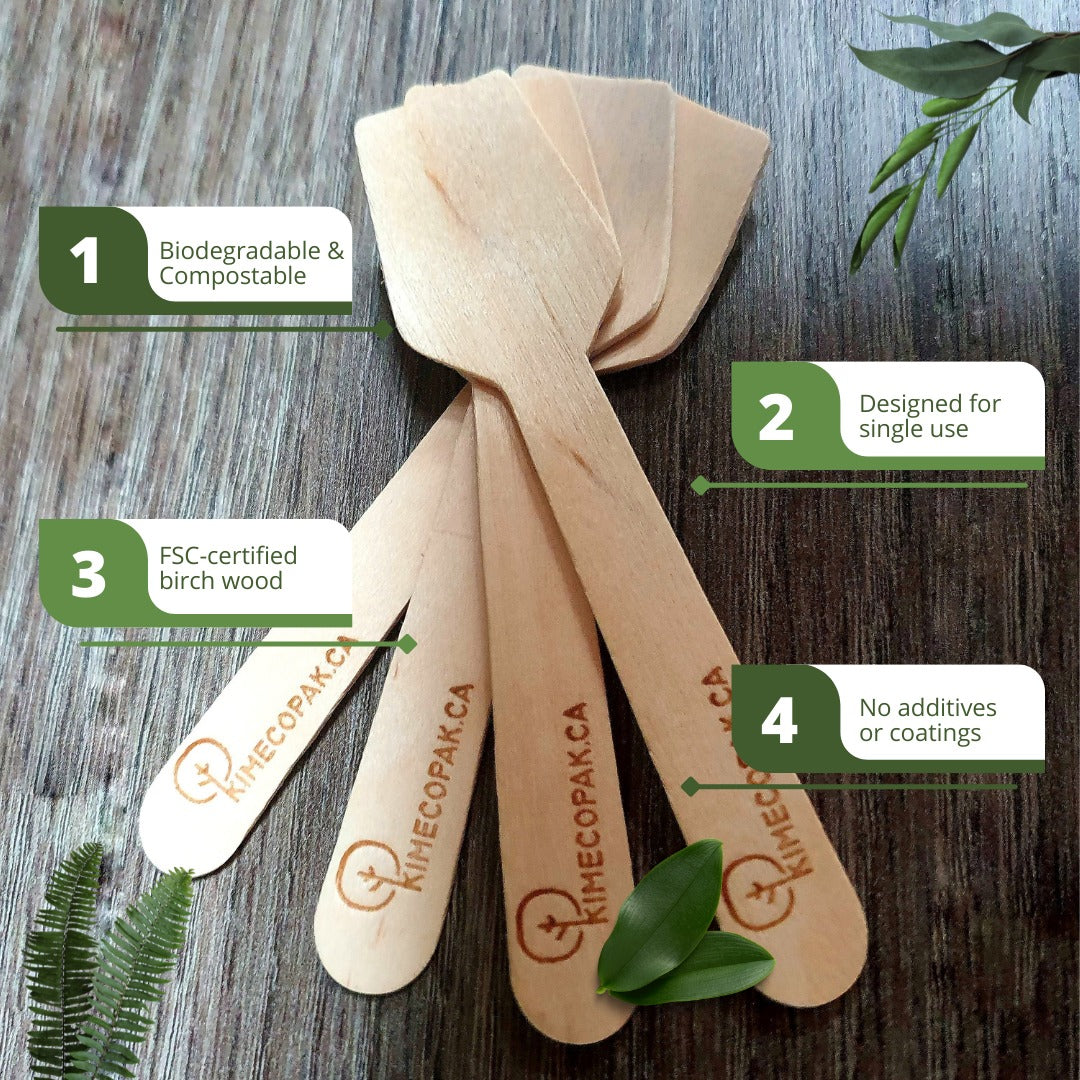Flavor enhancers play a crucial role in the culinary world, elevating the taste and aroma of food without altering its original flavor. This article delves into the various types of flavor enhancers, their purposes, common examples, and addresses concerns regarding their use.
- 15 Best Butter Substitutes Baking That You Should Know
- Types Of Vanilla Products. Which Type Of Vanilla Product You Should Use?
- Exploring the Most Expensive Cheese List In The World
- Alternative To Nut Butter: What Can You Use Instead Of Nut Butter?
What is a Flavor Enhancer?
A flavor enhancer is a substance added to food to amplify its natural flavors without contributing any distinct taste of its own. Unlike spices or herbs, which add new flavors, enhancers bring out the inherent taste of the ingredients used in a dish.

Why People Use Flavor Enhancers?
Flavor enhancers are used for several reasons:
- Improve Taste: They intensify and balance flavors in food.
- Reduce Sodium: Enhancers can help reduce the need for added salt.
- Mask Off-Flavors: They can mask undesirable tastes in processed foods.
- Consistency: Provide a consistent flavor profile in mass-produced foods.
Types Of Flavor Enhancers
Salt Enhancers
- Salt Enhancers help improve the perception of saltiness in foods, often allowing for reduced sodium content without sacrificing flavor.
- Mechanism: Work by intensifying the flavor profile of food, making it taste more savory and appealing.
- Examples: Potassium chloride, seaweed extracts, and certain amino acids like glycine.

Umami Enhancers
- Enhance the umami taste, often described as savory or meaty, which is one of the five basic tastes.
- Mechanism: Activate specific taste receptors that respond to glutamates and nucleotides.
- Examples: Monosodium glutamate (MSG), disodium inosinate, disodium guanylate, soy sauce, mushrooms, and tomatoes.
Sweet Enhancers
- Increase the perception of sweetness without adding extra sugar.
- Mechanism: Enhance sweet flavors or mask bitter flavors, making food taste sweeter.
- Examples: Steviol glycosides (from stevia), thaumatin, glycyrrhizin (from licorice), and certain artificial sweeteners.

Bitterness Blockers
- Reduce or mask the perception of bitterness in food and beverages.
- Mechanism: Block bitter taste receptors or interfere with the transmission of bitter signals to the brain.
- Examples: Lactisole, adenosine monophosphate (AMP), certain peptides and proteins, and natural extracts like cocoa and vanilla.
Aroma Enhancers
- Enhance the overall aroma of food, which contributes significantly to flavor perception.
- Mechanism: Volatile compounds that increase the intensity and complexity of food aromas.
- Examples: Essential oils (like citrus and mint), vanillin, ethyl maltol, herbs and spices.
Common Examples Of Flavor Enhancers
Monosodium Glutamate (MSG)
- Use: Enhances umami flavor in a wide variety of dishes.
- Applications: Asian cuisine, soups, processed meats, snacks, and condiments.

Disodium 5'-Ribonucleotides
- Use: Potent umami enhancer often used in conjunction with MSG for a stronger flavor effect.
- Applications: Instant noodles, canned soups, flavored chips, and savory snacks.
Hydrolyzed Vegetable Protein (HVP)
- Use: Adds savory flavor and is a source of natural glutamates.
- Applications: Sauces, soups, seasonings, processed meats.
Salt
- Use: Enhances overall flavor, balances sweetness, and suppresses bitterness.
- Applications: Virtually all savory foods, baked goods, and snacks.
Sugar
- Use: Enhances sweetness, balances acidity and bitterness, and adds body to food.
- Applications: Desserts, beverages, sauces, marinades, and processed foods.
Are Flavor Enhancers Bad For You?
The safety of flavor enhancers has been a topic of debate. Here's a look at the concerns and facts:
- Monosodium Glutamate (MSG): Although it has been linked to headaches and other symptoms in some individuals (a condition known as "Chinese Restaurant Syndrome"), extensive research indicates that MSG is safe for the general population when consumed in normal quantities.
- Sodium: Excessive intake of sodium chloride can lead to high blood pressure and other health issues, so it is important to use salt-based enhancers in moderation.
- Natural Extracts: Yeast extract and hydrolyzed vegetable proteins are generally considered safe, though they can be high in sodium.
- General Advice: Moderation is key. Consuming flavor enhancers as part of a balanced diet is generally safe, but individuals with specific health conditions should consult with a healthcare provider.
What Are The Differences Between Flavor and Flavor Enhancer?
- Flavor: The overall perception of taste and aroma from food, which includes basic tastes (sweet, sour, salty, bitter, umami) and aromatic compounds.
- Flavor Enhancer: A substance added to food to amplify its existing flavors without adding new flavors. Enhancers work by making the food's natural flavors more pronounced.
| Feature | Flavor | Flavor Enhancer |
|---|---|---|
| Definition | The combination of taste and aroma of a food. | A substance that enhances the natural flavors of food. |
| Contribution | Adds new tastes and aromas. | Amplifies existing flavors without adding new ones. |
| Examples | Spices, herbs, fruits, meats. | MSG, yeast extract, citric acid. |
Conclusion
Flavor enhancers are invaluable in the culinary world, providing a way to enhance the taste and appeal of food. While there are some health concerns, particularly related to sodium intake, most flavor enhancers are safe when used in moderation. Understanding the different types and their uses can help you make informed choices in your cooking and food consumption, ensuring delicious and balanced flavors in your meals.







